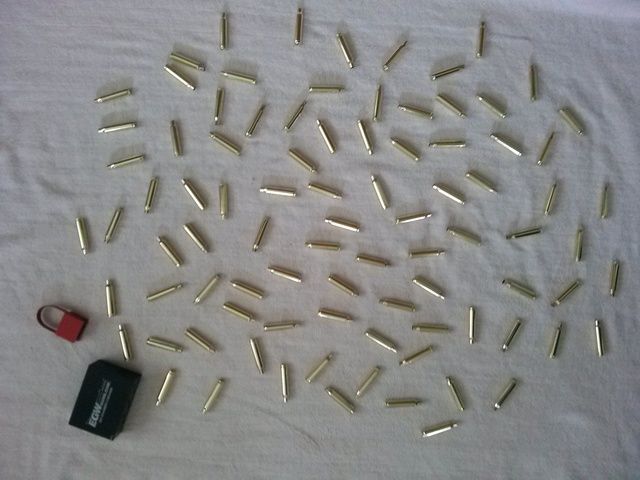Problem Solved
snuffy, you are CORRECT.
When you were writing the above post, I was prepping more brass. Out of nowhere, I remembered that years ago I bought a VLD chamfer tool (RCBS). I don't even remember why; but I knew I bought one.
I thought that since it puts a "steeper" angle on the inside of the case mouth, it might help. So I searched for it - I couldn't even remember what it looked like. But I found it in one of my boxes.
I gave it a try and it WORKED. It has enough angle to allow the bullet to stay put, and upright. I even mocked up a few dummies with no trouble at all. Success!
I'm a happy man.
I think I'll for real load a few of these Sierra 1345's tomorrow. But first, I still have more cases to trim and VLD chamfer
You should get a VLD chamfer tool
snuffy, you are CORRECT.
When you were writing the above post, I was prepping more brass. Out of nowhere, I remembered that years ago I bought a VLD chamfer tool (RCBS). I don't even remember why; but I knew I bought one.
I thought that since it puts a "steeper" angle on the inside of the case mouth, it might help. So I searched for it - I couldn't even remember what it looked like. But I found it in one of my boxes.
I gave it a try and it WORKED. It has enough angle to allow the bullet to stay put, and upright. I even mocked up a few dummies with no trouble at all. Success!
I'm a happy man.
I think I'll for real load a few of these Sierra 1345's tomorrow. But first, I still have more cases to trim and VLD chamfer

